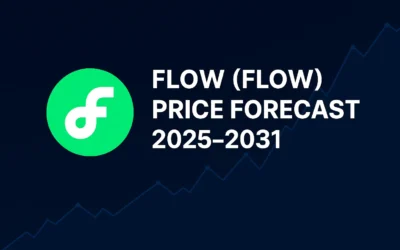EU investments fuel economic growth across Europe. First, they support key areas like green energy and digital tools. Then, these funds help businesses and create jobs. So, let’s explore how EU money boosts the economy. As a result, you’ll see clear steps and real impacts.
EU Funds Support Green and Digital Growth
The EU pushes for a greener future. First, it invests heavily in clean energy. For example, the European Green Deal sets big goals. Consequently, EU companies now export 65% more low-carbon tech since 2017. Moreover, this growth beats the U.S., which saw only a 22% rise. Next, the EU also funds digital projects. Specifically, it helps firms use AI and big data. However, Europe lags behind the U.S. in tech adoption. In fact, EU firms trail by 6 percentage points in using these tools. Therefore, more investment aims to close this gap. Additionally, this focus creates new opportunities.
NextGenerationEU Sparks Recovery
NextGenerationEU leads Europe’s recovery. First, the EU launched this €800 billion plan after the pandemic. Then, it funds over 2,800 projects across member states. For instance, 42% of the money goes to climate action. Also, another 26% supports digital growth. Furthermore, posts on X show excitement about this plan. Specifically, many users highlight its focus on health and education. As a result, this plan helps countries like France and Spain grow faster. Moreover, it creates jobs. For example, unemployment in the EU hit a low of 5.9% in 2024. Thus, the plan drives widespread benefits.
Single Market Integration Boosts Business
The EU works to unite its markets. First, a stronger single market helps businesses grow. However, trade barriers in the EU equal a 44% tariff on goods. So, this slows down companies. Therefore, the EU wants to lower these barriers. If they match U.S. levels, productivity could rise by 7%. For instance, simpler rules help firms expand. Also, they cut costs. Specifically, small businesses save up to 2.5% of their income. As a result, a united market draws more investment. Ultimately, it makes Europe a better place for companies. Additionally, it strengthens competition.
Venture Capital Fuels Innovation
EU investments grow venture capital. First, this helps startups and young firms. However, Europe’s venture capital market lags behind the U.S. In fact, it’s only a quarter of the U.S. size. So, the EU aims to change this. Then, it encourages pension funds to invest more. Consequently, this could add billions for new businesses. For example, firms with venture capital double their tech spending in a year. Also, more startups mean more jobs. Furthermore, they bring new ideas. As a result, this drives economic growth across the region. Ultimately, innovation shapes Europe’s future.
Challenges and the Road Ahead
EU investments face challenges. First, high energy costs slow progress. Also, inflation sits at 2.4% in 2024. Next, geopolitical tensions hurt growth. For instance, trade uncertainty with the U.S. affects plans. Moreover, the EU expects growth at 0.8% in 2025. Meanwhile, the U.S. projects 1.8%. Despite these issues, EU funds make a difference. Specifically, they support recovery and innovation. So, leaders must keep pushing for simpler rules. Additionally, more investment in skills helps. Therefore, Europe can grow stronger with these steps. Ultimately, the EU builds a brighter future.
For the latest updates on economic growth, visit Bullish Stock Alerts









0 Comments